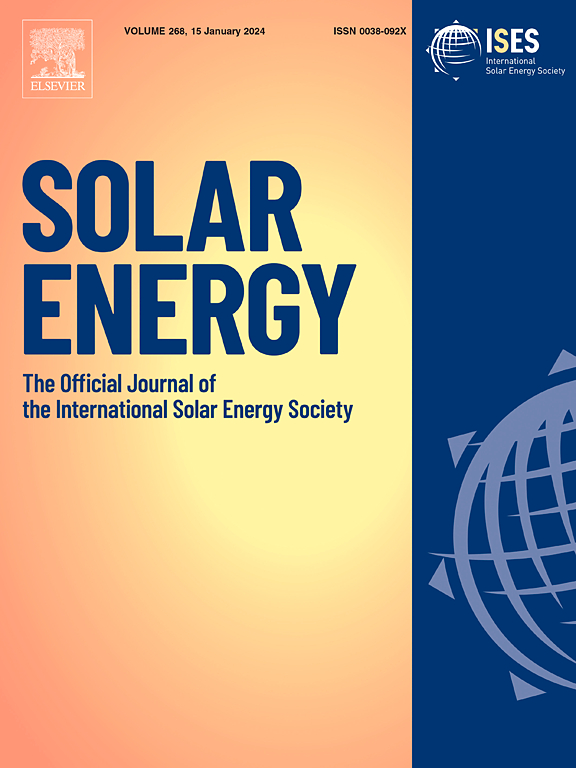Revolutionizing solar-hydro-wind power forecasts in regional power systems with hybrid machine learning models
IF 6
2区 工程技术
Q2 ENERGY & FUELS
引用次数: 0
Abstract
As renewable energy’s share in the global energy mix increases, accurate forecasting of power output is crucial for grid stability and effective energy management. In multi-step-ahead forecasts, non-stationary signals and noise often lead to error accumulation and propagation. To address this, we propose a hybrid model integrating Variational Mode Decomposition (VMD) with Long Short-Term Memory (LSTM) neural networks (VMD-LSTM). This model leverages VMD’s signal decomposition strengths and LSTM’s temporal forecasting capabilities, improving input stationarity and noise resistance. Focusing on a regional grid in Hunan province, China, we used hourly power output data from hydro, wind, and solar stations (2017–2022), divided into training and testing sets. The VMD-LSTM model, trained on decomposed power output data, generated forecasts up to 24 h ahead. Compared to the LSTM, VMD-LSTM demonstrated superior performance, with improvements in Nash-Sutcliffe efficiency coefficient (NSE) by 6.7%, 9.1%, and 8.2%, and reductions in root mean squared error (RMSE) by 9.2%, 4.7%, and 16.8% for hydropower, wind, and solar forecasts at the 24-hour horizon. This study provides a valuable tool for enhancing renewable energy integration, contributing to the stability and efficiency of power grid management systems in regions with diverse energy sources.
利用混合机器学习模型革新区域电力系统中的太阳能-水力-风力发电预测
随着可再生能源在全球能源结构中所占份额的增加,准确预测电力输出对电网稳定和有效的能源管理至关重要。在多步超前预测中,非平稳信号和噪声往往会导致误差的积累和传播。为了解决这个问题,我们提出了一种结合变分模态分解(VMD)和长短期记忆(LSTM)神经网络(VMD-LSTM)的混合模型。该模型利用了VMD的信号分解强度和LSTM的时间预测能力,提高了输入平稳性和抗噪性。以中国湖南省的一个区域电网为研究对象,我们使用了水电、风能和太阳能站(2017-2022年)的每小时电力输出数据,并将其分为训练集和测试集。VMD-LSTM模型在分解的功率输出数据上进行训练,生成了长达24小时的预测。与LSTM相比,VMD-LSTM表现出更好的性能,在24小时水能、风能和太阳能预报中,Nash-Sutcliffe效率系数(NSE)分别提高了6.7%、9.1%和8.2%,均方根误差(RMSE)分别降低了9.2%、4.7%和16.8%。该研究为加强可再生能源的整合提供了有价值的工具,有助于不同能源地区电网管理系统的稳定和效率。
本文章由计算机程序翻译,如有差异,请以英文原文为准。
求助全文
约1分钟内获得全文
求助全文
来源期刊

Solar Energy
工程技术-能源与燃料
CiteScore
13.90
自引率
9.00%
发文量
0
审稿时长
47 days
期刊介绍:
Solar Energy welcomes manuscripts presenting information not previously published in journals on any aspect of solar energy research, development, application, measurement or policy. The term "solar energy" in this context includes the indirect uses such as wind energy and biomass
 求助内容:
求助内容: 应助结果提醒方式:
应助结果提醒方式:


